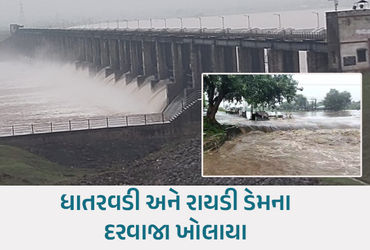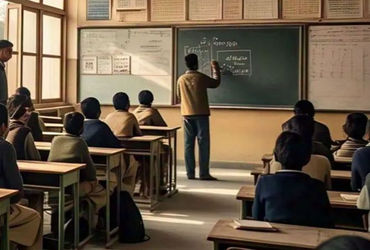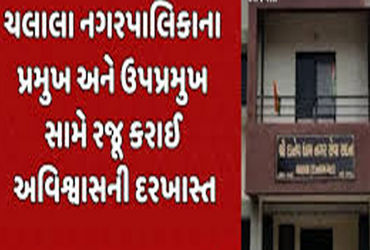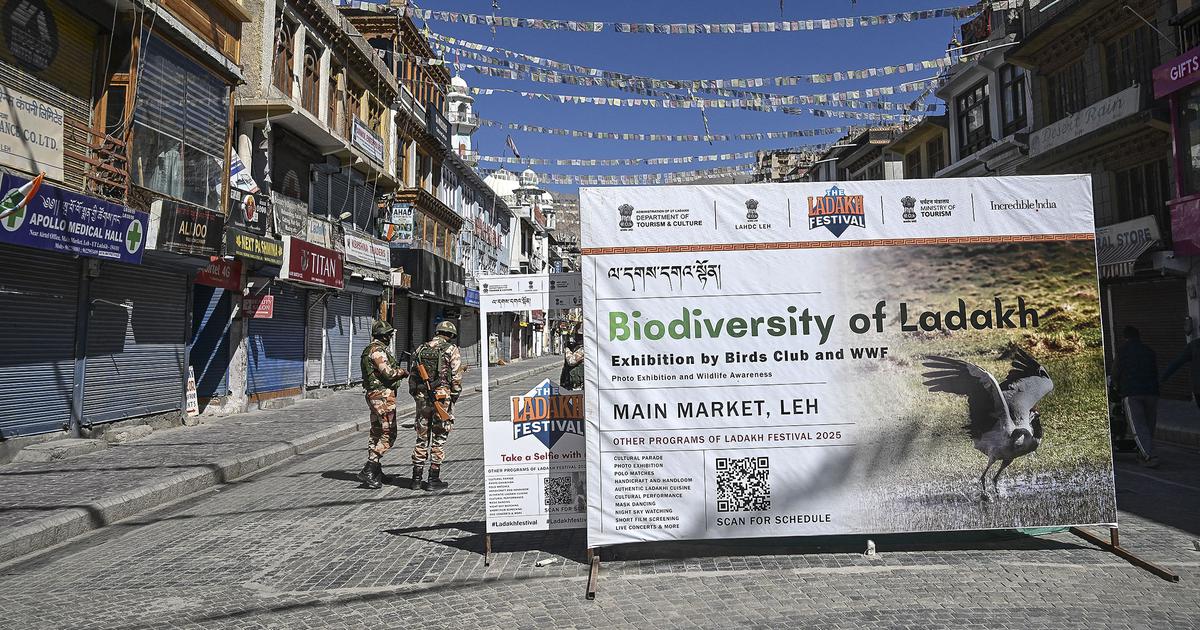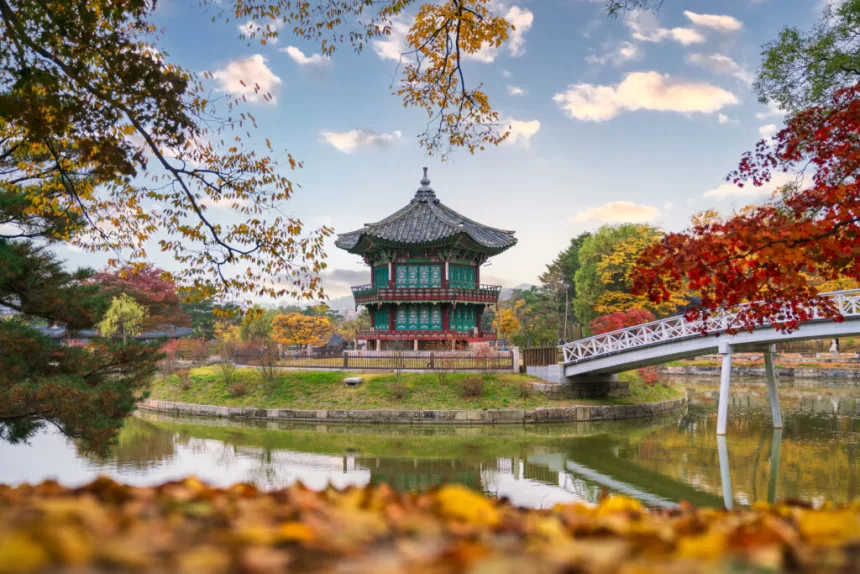The slow destruction of Delhi’s forgotten spine
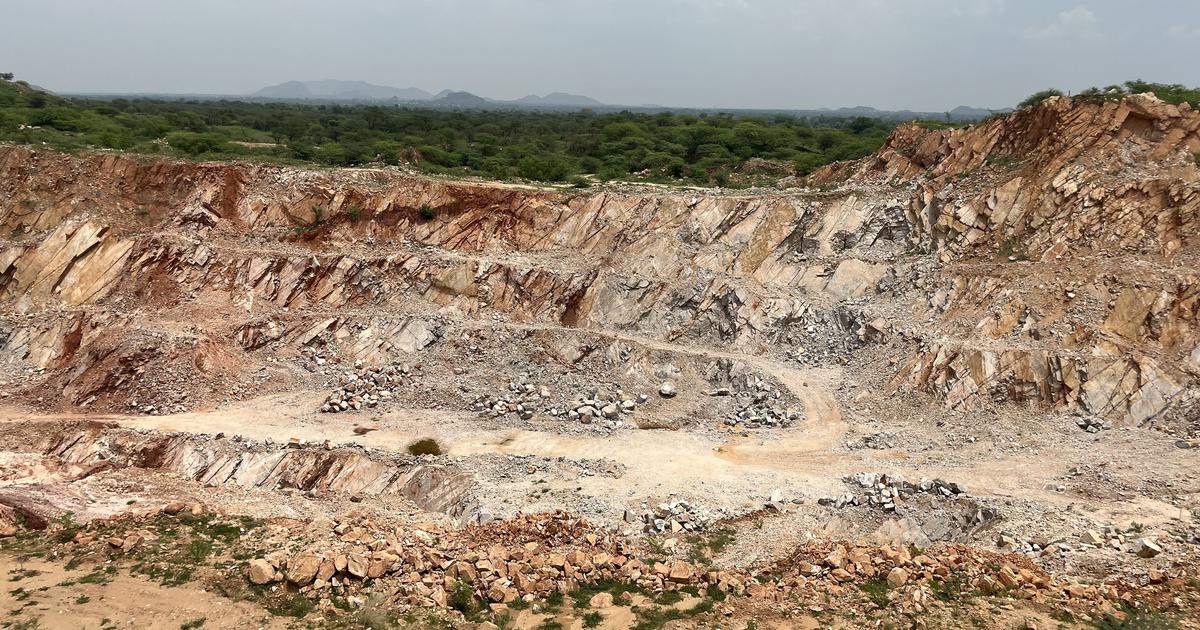
Join our WhatsApp Community to receive travel deals, free stays, and special offers!
- Join Now -
Join our WhatsApp Community to receive travel deals, free stays, and special offers!
- Join Now -

Early in May, a thick cloud of dust swept across the National Capital Region. Flights were delayed and schools were forced to shut. As temperatures breached 45 degrees celsius, the air turned into a blanket of heat and particulate matter. Sudden heavy downpours – more frequent than usual – flooded streets, clogged drains and brought traffic to a standstill.
For many in Delhi, this is beginning to feel routine. These are not isolated weather events but warnings. And one of the most urgent signals is coming from the hills residents barely see anymore: the Aravallis.
Disappearing inch by inch
The two-part Citizens’ Reports, published by the People for Aravallis in May, are an urgent public record of ecological degradation and institutional failure. Rich in maps, satellite imagery, testimonies from the ground, court rulings and scientific documentation, the reports offer not just a critique of state neglect but a clear-eyed account of what we are losing and why.
Several violations have been geo-tagged and catalogued across the seven Aravalli districts in south Haryana. These include new road constructions, forest clearances, illegal encroachments, mining activity and solid waste dumping in areas declared as Natural Conservation Zones that have been designated as such to protect natural features such as hills, rivers and forests.
The mapping includes active violations in Mangar...
Read more
What's Your Reaction?
 Like
0
Like
0
 Dislike
0
Dislike
0
 Love
0
Love
0
 Funny
0
Funny
0
 Angry
0
Angry
0
 Sad
0
Sad
0
 Wow
0
Wow
0
